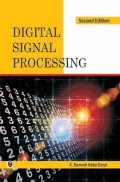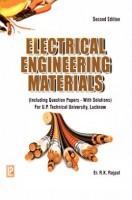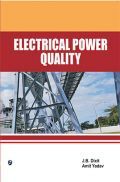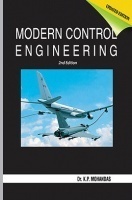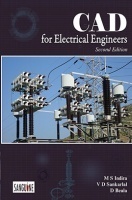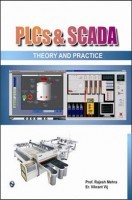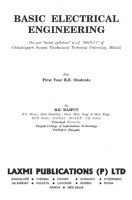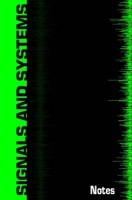The ‘Thyristor’ or Silicon Controlled Rectifier (S.C.R.) was first invented by Bell Laboratories in U.S.A. in the year 1948 and it was first introduced in the market by General Electric Company in the year 1957. However, commercially it started becoming available after 1960. Since this time there has been a rapid growth in the control equipment making use of thyristors. Initially however for a period of 5-6 years the failure rate of the equipments hampered the growth of thyristorised equipment in industry. This however did not cause any break in the building up of know-how and technical literature has been piling up since, at a rate of about 200 reported articles per year on various aspects of this technology. It will not be wrong to say that the present state of thyristor technology has been a result of about ten years effort in all directions including development in semiconductor and printed circuits technology.
This book Useful for Electronics & Electricals Engineering Students.
1. An Introduction of Thyristor Engineering
2. Semiconductors and Silicon Diodes
3. Thyristors and Their Characteristics
4. Thyristor Turn-on Methods
5. Thyristor Turn-off Methods
6. Thyristor Control Techniques
7. Rectifier Circuits or Line Commutated Converters
8. Converter Circuit Faults and Thyristor Protection Against Overvoltage and Overcurrent
9. Cycloconverters and Frequency Multipliers
10. D.C. to D.C. Converter or Choppers
11. Inverters
12. Electron Devices and Circuit for Thyristor Controllers
13. Driver or Trigger Circuits for Thyristors Converters
14. Heat Sink Calculations and Cooling of Diodes and Thyristors
15. Triacs and Their Applications
16. Static Contactors and Switches
17. D.C. Motor Drives Using Thyristors
18. A.C. Motor Drives Using Thyristor
19. Converter Control Using Microcomputer
20. Series and Parallel Operations of Diodes and Thyristors
21. Design Considerations for Converter Equipment
22. Fourier Analysis of Voltage and Current Waveforms
23. Applications of Thyristors to the Power Systems







